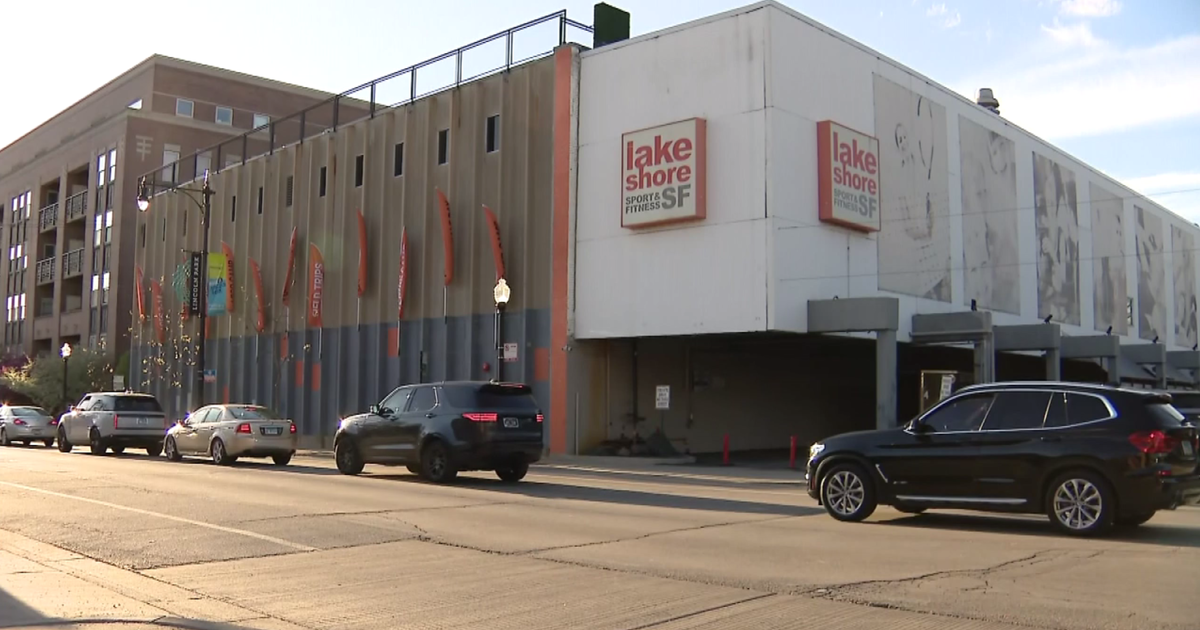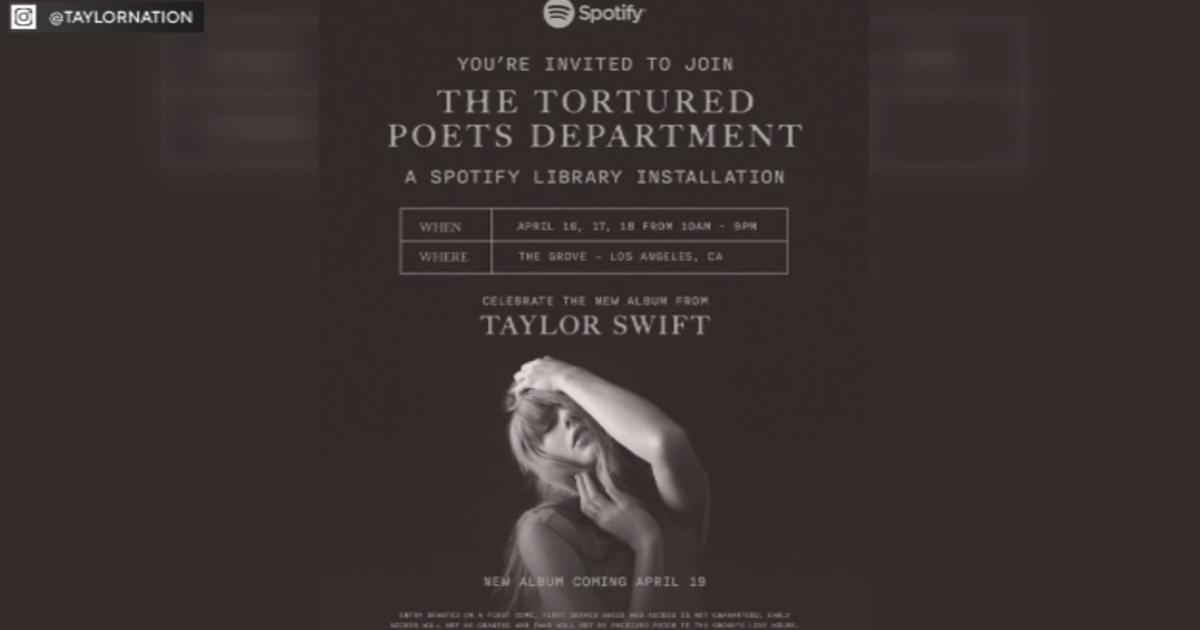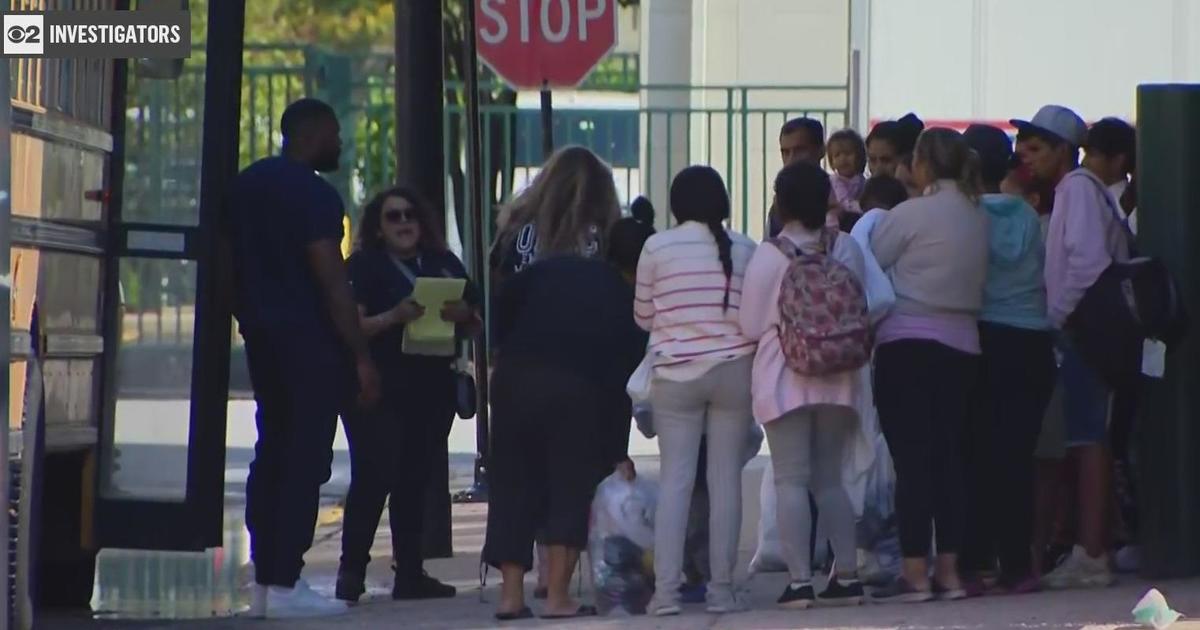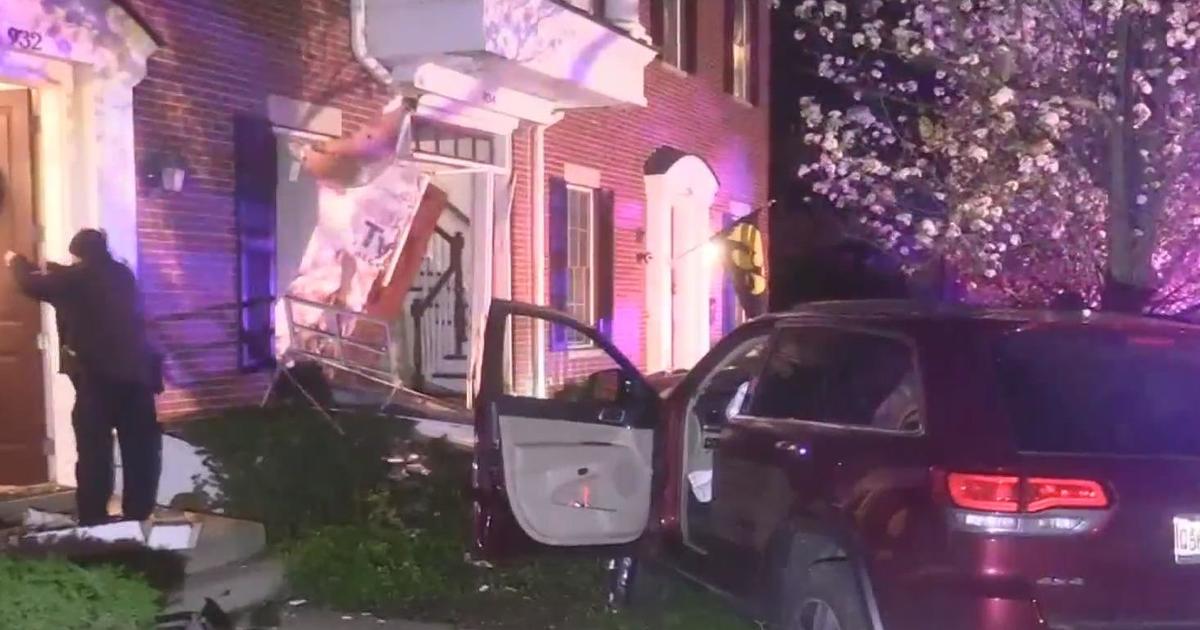Growing Worry In Chinatown Over Piles Of Concrete And Chipping Paint Plaguing Busy Viaduct
CHICAGO (CBS) -- In Chicago's Chinatown, you'll find beautiful murals, delicious food, and falling concrete. Disintegrating railroad bridges are worrying residents there and nearby neighborhoods.
CBS 2 Morning Insider Lauren Victory shares both frustrating and positive updates on the push to fix the city's deteriorating viaducts.
The "Welcome to Chinatown" mural at Canal and 24th is sweet, but the walkway it beckons you to isn't exactly welcoming, with piles of broken concrete and patches of chipping paint.
"These viaducts are used very often," explained Grace Chan McKibben of the cut-through between the community's residential and commercial areas. There is plenty of car and foot traffic there that could get whacked by falling debris.
"I've worked with the Chinatown community on and off since 2009, and for as long as I've worked here, there's been talk about the condition of the viaducts," said McKibben, who is the executive director for Coalition For Better Chinese American Community.
Nancy Plax is also fighting for a safer passage near 16th and Racine. At the time of our CBS Chicago story with her in June, she'd been hounding the Chicago Department of Transportation.
"After the first letter and no response, I was, like, really mad," said Plax of her communication with CDOT.
But her persistence paid off. CDOT agreed to tour dilapidated viaducts with Plax in the University Village and Pilsen areas on Friday. She said that meeting ended with a verbal promise to make some aesthetic improvements.
"The fact that it looks so bad makes us feel unsafe with it. So, painting it will be great for that," said Plax, who told us that CDOT also pledged to install new lightbulbs and to power wash dirty walls. There is no timeline for those upgrades just yet, though Plax said she won't be shy about following up.
Multiple Chicago viaducts have giant holes in their walls and rusty beams. Structural problems are the responsibility of the railway companies that run overtop the viaducts.
"Unfortunately, they [railway companies] sometimes they tell us it's an issue of budget," said Ald. Byron Sigcho-Lopez (25th).
His office is constantly getting calls from residents about railroad debris. The alderman said he has communicated his community's frustrations and safety fears with companies like BNSF Railway and Union Pacific multiple times.
"What we need, of course, is federal help. We have the federal dollars now waiting and we hope that this happens quickly," said Sigcho-Lopez, who is hopeful the infrastructure bill in Washington, D.C. can help.
The crumbing Canal and Racine viaducts are in his Ward.
"What we want to prevent is tragedy," Sigcho-Lopez said.
Union Pacific owns part of the railroad on top of 24th and Canal. A spokesperson tells us, "We aren't using the tracks here, but I can tell you that it has been inspected in the last 60 days."
UP also owns a portion of the viaduct at 16th and Racine, and told us in June that the area had been inspected in May and was "determined to be safe."
"Each railroad is responsible for the structure on which they sit. I can confirm that our bridges in the area have been inspected and are structurally sound," a spokesperson for Norfolk Southern wrote to CBS2. He is talking about the tracks near 24th and Stewart. "We encourage the public to report any bridge concerns to 311 so it can be routed to the responsible party. Chipping paint and rusted steel are not necessarily signs of concerns for these bridges, but we do respond to calls and inspect to verify and confirm."
BNSF Railway owns a few of the tracks that run near 16th and Racine. A spokesperson for that company told us that about a week after our June story, BNSF sent out an inspector to check on the area. That bridge expert "found no structural issues and no new fallen concrete."



